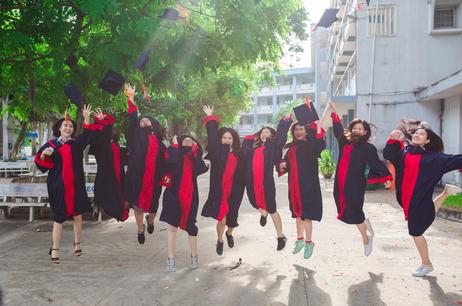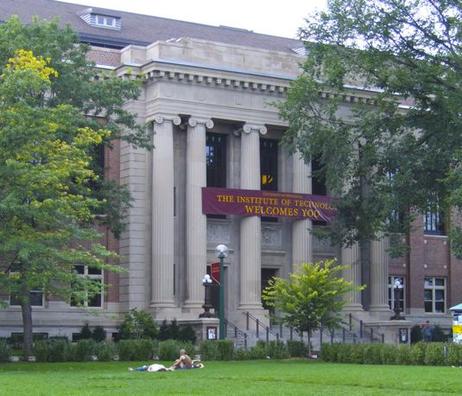What is an Articulation Agreement and Why Should You Care?
If you were to ask any admissions counselor or community college administrator what an articulation agreement is, they wouldn’t hesitate to tell you.
- However, if you ask any student on a community college campus, you might not get the same response.
- Articulation agreements exist between many colleges, yet the majority of community college students have no idea what they are.
An articulation agreement is designed to create a seamless transfer experience for students moving from community college to four-year institutions.
- Not every community college has them, but most do, and they are an invaluable resource for transfer students.
- Read on to learn more about an articulation agreement and how it can benefit you as a community college student.
This video explains articulation agreements.
The Trouble with Transferring
According to the Community College Research Center, roughly 40% of undergraduates in the United States start their higher education at community colleges.
- Of those, 80% intend to earn at least a bachelor’s degree, and about 20% end up transferring to a four-year college or university.
- In the eyes of an incoming community college student, the future is bright, and community college is a stepping stone on the path to a four-year school.
- Unfortunately, that path is not as easy to navigate as one would hope.
- Between the challenges of completing prerequisites and



















